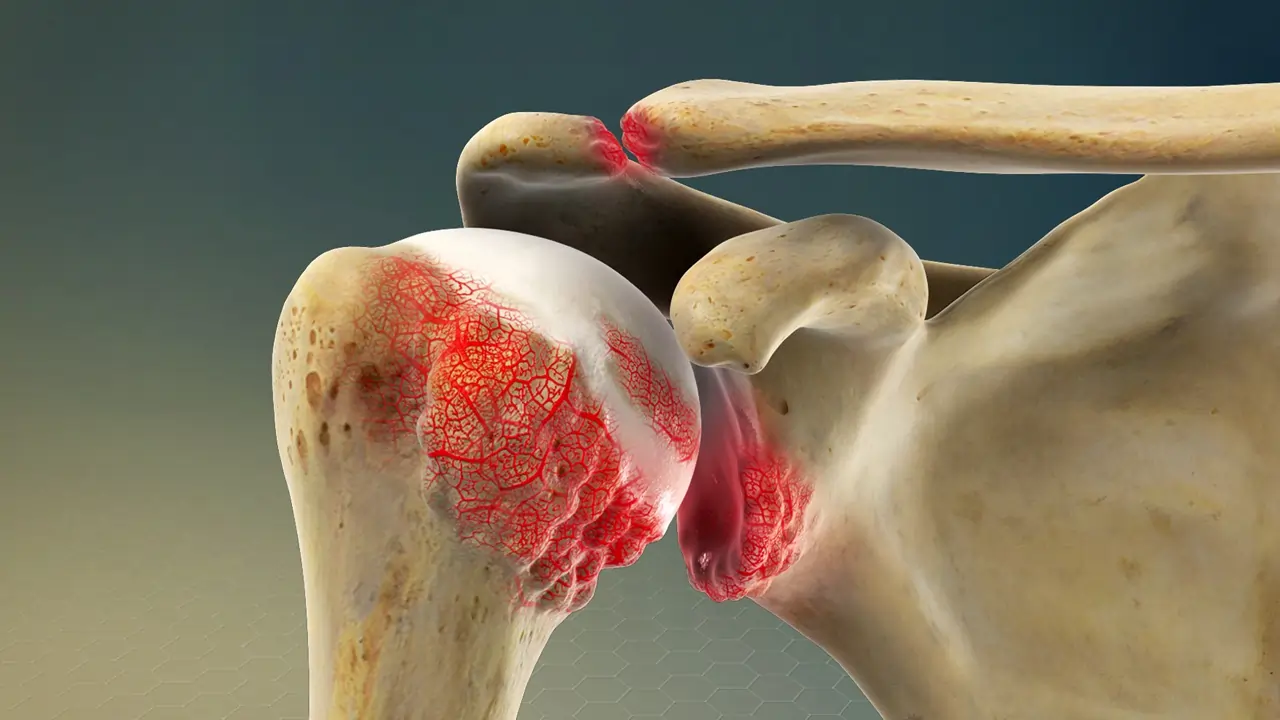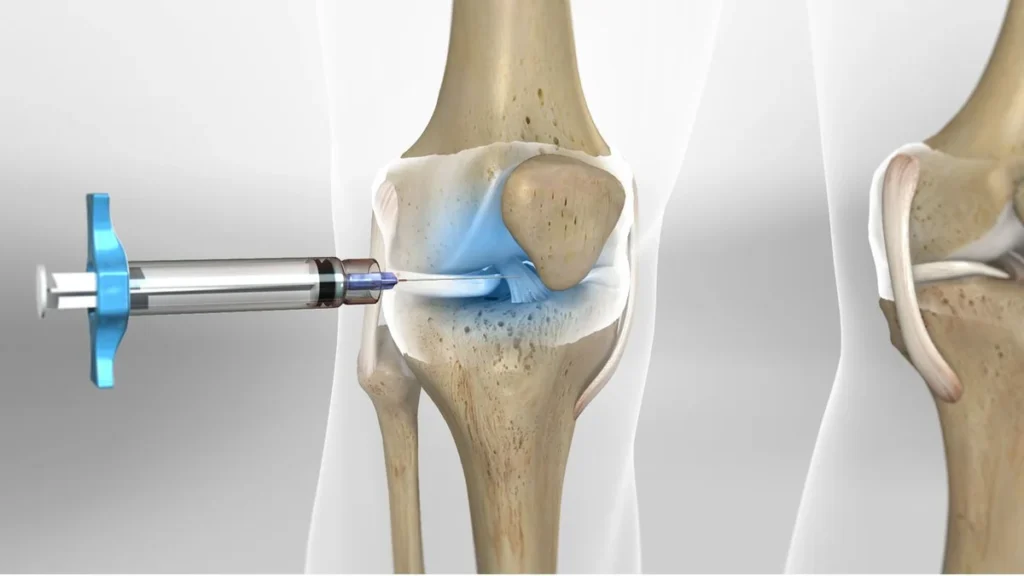Shoulder osteoarthritis, also known as shoulder wear or osteoarthritis, is a condition caused by the wear and tear and deterioration of the cartilage in the shoulder joint. This disorder leads to pain and limited mobility in the joint.

- Understanding the Shoulder Joint
- Causes of Shoulder Osteoarthritis
- Symptoms of Shoulder Osteoarthritis
- Diagnosing Shoulder Osteoarthritis
- Radiography in Diagnosing Shoulder Osteoarthritis
- Osteophytes and Shoulder Osteoarthritis
- Radiographic Diagnosis of Shoulder Osteoarthritis
- Differences Between Radiological and Clinical Symptoms
- Treatment of Shoulder Osteoarthritis
- Non-Surgical Treatments
- Surgical Treatments
Understanding the Shoulder Joint
In this context, the shoulder joint refers to the glenohumeral joint. This type of wear is less common compared to other joints such as the hip, knee, and hand.
Causes of Shoulder Osteoarthritis
Shoulder osteoarthritis typically occurs with aging, but it can develop earlier or later in some individuals. Approximately one-third of people over sixty years old are affected by this condition. The main causes of shoulder osteoarthritis include:
- Severe trauma to the shoulder joint following an accident
- Continuous and heavy pressure on the joint due to occupational or sports activities
- Diseases like rheumatism
- Joint infection
- History of shoulder joint surgery
Symptoms of Shoulder Osteoarthritis
Pain and stiffness in the joint are the primary symptoms of shoulder wear. The pain intensifies during joint movement or when lifting objects. Sometimes, joint movement is accompanied by noise or a sensation of grinding. The disease can gradually lead to a decrease in the range of motion of the joint and weakness and atrophy of the muscles around the shoulder. The severity of symptoms may vary over time.
Diagnosing Shoulder Osteoarthritis
Shoulder osteoarthritis is often diagnosed using medical imaging techniques such as radiography.
Radiography in Diagnosing Shoulder Osteoarthritis
In simple radiography, doctors look for specific signs in the shoulder joint. One such sign is the reduction of joint space, indicating a decreased distance between the head of the humerus and the glenoid cavity. Since cartilage is not visible in radiographic images, this reduced space indicates cartilage wear and damage.
Osteophytes and Shoulder Osteoarthritis
Also, around the head of the humerus, where the cartilage ends, extra bone growth may be observed, known as osteophytes. These extra bones may also grow at the edge of the glenoid cavity and are another sign of joint deterioration.
Radiographic Diagnosis of Shoulder Osteoarthritis
For the diagnosis of shoulder osteoarthritis, radiography of the shoulder joint is performed. In this imaging method, the bone beneath the joint cartilage appears denser and whiter in radiographic images. These changes may be accompanied by the formation of bone cysts in the head of the humerus or under the glenoid cavity.
Differences Between Radiological and Clinical Symptoms
Sometimes, radiological signs indicating osteoarthritis do not correspond with the patient’s clinical symptoms. This means that the severity of radiographic symptoms might be high while the patient exhibits few clinical symptoms, and vice versa.
Treatment of Shoulder Osteoarthritis
Shoulder osteoarthritis does not have a definitive cure, and the changes that occur in the joint are irreversible. The primary goal of treatment is to reduce the patient’s pain.
Non-Surgical Treatments
The treatment of shoulder osteoarthritis usually begins with non-surgical methods, which include:
- Reducing physical activities and avoiding tasks that exacerbate pain
- Performing exercises to increase the range of motion and strength of the shoulder muscles
- Keeping the shoulder warm
- Using anti-inflammatory medications
- Injections of corticosteroids if necessary
- General guidance to reduce pressure on the shoulder
- Keeping objects close to the body when lifting
- Avoiding lifting heavy or overhead objects
- Avoiding throwing motions or pushing with the hand in sports
Surgical Treatments
If non-surgical treatments are not effective, surgical options are considered, including:
Shoulder Arthroscopy
In this procedure, excess tissues are removed from the shoulder joint to help temporarily reduce pain.
Shoulder Joint Replacement
This treatment method is the last option for patients with shoulder osteoarthritis. The damaged joint is replaced with an artificial joint. This surgery is performed in two forms: hemiarthroplasty (partial arthroplasty) and total joint replacement.

To make an appointment or get an online consultation with Dr. Nader Motallebi Zadeh, Limb lengthening surgeon, proceed here.



